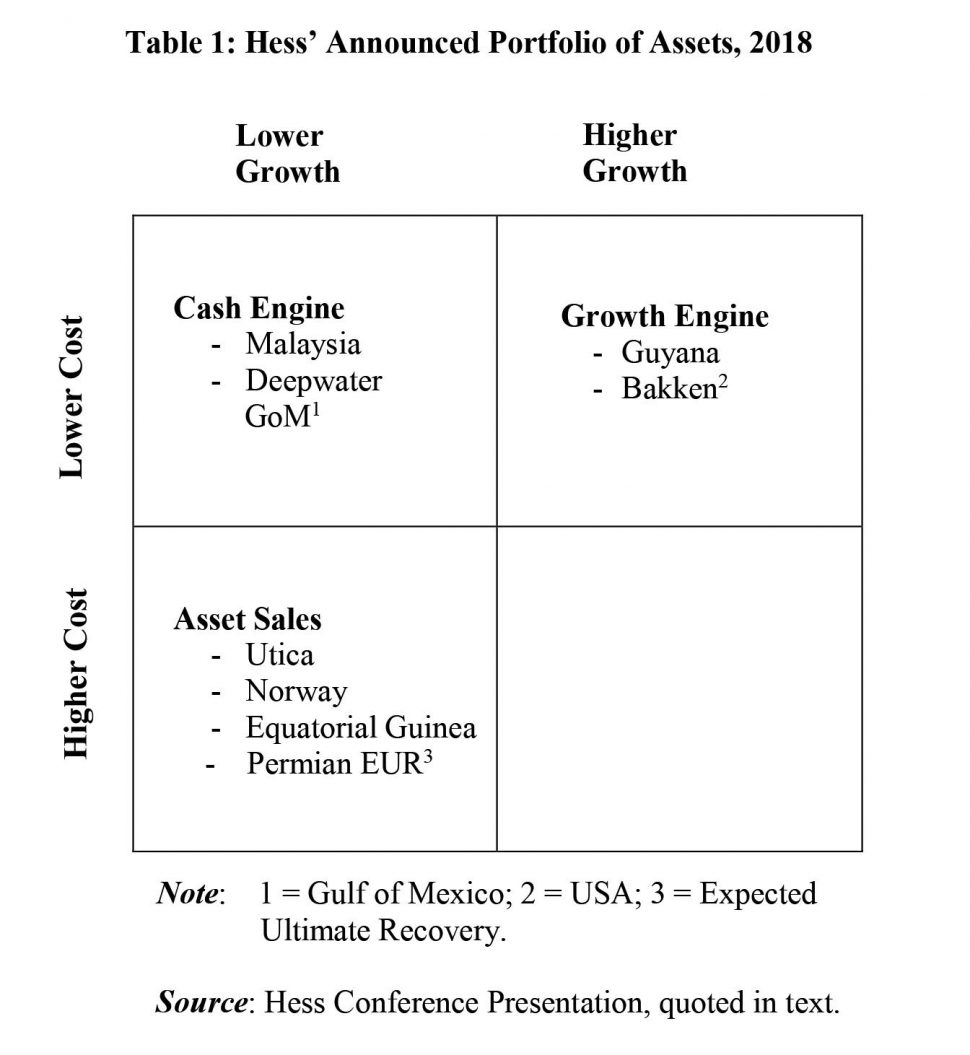For the fourth week in succession, I shall continue my evaluation of the cost-price-profit profile for Guyana’s expected petroleum sector. A reasonably accurate depiction of this profile is necessary for reliably estimating petroleum revenues. The focus of today’s column is to introduce those unit cost studies that have most influenced my choice of an indicative unit cost range to apply when projecting petroleum revenues. Before addressing that topic, however, I offer, as promised last week, brief comments on the two matters that space had precluded me from considering then.
These matters are firstly, the source of the “pro forma template” that I used to illustrate the items, which make up the total/unit cost of production; and, secondly, the “two options” I had alluded to for obtaining such cost data from the international oil companies (IOCs) presently contracted to develop Guyana’s petroleum sector
Cost Template
In practice, there is significant variation in representing the items that constitute crude petroleum cost. The cost template that I presented last week is derived from two academic cost studies. These are: G. Toews, and A. Naumov, 2015: “The relationship between oil price and costs in the oil and gas industry”; and C. Aublinger, 2015: “How much does it cost to produce one barrel of oil (143 companies in 2014)?”



